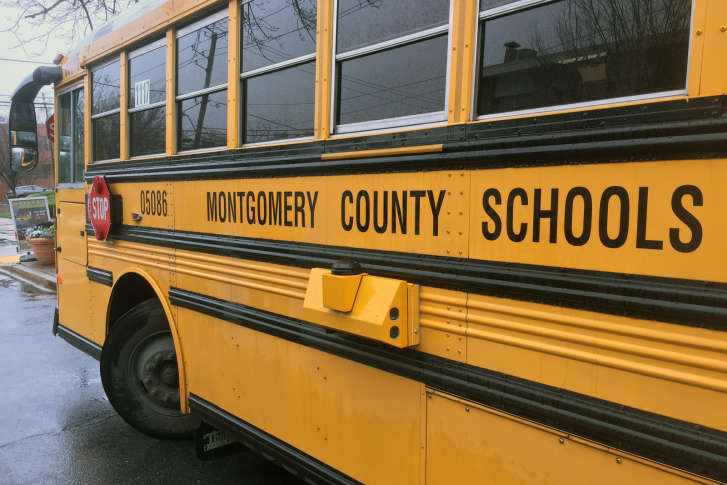MCPS school buses need to install seat belts
A MCPS school bus, used to drive elementary, middle and high school students, does not include seat belts, which is a possible safety hazard.
December 21, 2018
The Oct. 8 limo crash in New York is considered to be the deadliest U.S. car accident in nine years according to the New York Times. After killing 20 people, including the driver of the vehicle and two pedestrians, the horrifying incident directed much needed attention on transportation safety.
According to investigators from the National Transportation Safety Board, the limo accident would have less deadly if the passengers had worn seat belts.
Though it seems unlikely, this could happen to any MCPS student. All large MCPS school buses do not provide seat belts, which students ride almost everyday. Only buses weighing less than 10,000 pounds are required to have seat belts. This creates an obvious danger to the many students who ride the school bus to and from school every week. Children and teenagers are constantly at risk of injury if an accident were to ever occur. MCPS needs to install mandatory seat belts in all school buses in order to prevent this.
According to the National Conference of State Legislatures, smaller buses, weighing 10,000 pounds or less, are required to have seat belts in all 50 states. For larger buses, seat belts are required in eight states, excluding Md.
The main reason for installing seat belts is safety. Opponents of installing seat belts claim that large school buses, by design, are considered safe because they are heavier and outfitted with strong, closely spaced seats that offer crash protection–even without seatbelts.
According to the National Coalition for Seat Belts on School Buses, there is a list of reasons why larger school buses should install seat belts.
First, if a crash occurs, seat belts reduce both the probability of death and the severity of injuries to children seated on the bus. Second, seat belts improve passenger behavior and reduce driver distraction. Third, seat belts offer protection if the bus were to roll over or when a crash from the side impacts the bus. Fourth, the usage of seat belts reinforces good safety habits. Fifth, the cost to install seat belts is affordable.
Though severe school bus accidents are uncommon, there is still the probability that one could happen at any time. In Nov. 2016 there were two bus crashes: one in Baltimore City, Md. and the other in Chattanooga, Tn.
In both crashes, The National Transportation Safety Board identified the lack of driver oversight and lack of proper safety measures (seat belts) as the similarity. The two crashes collectively killed 12 and injured 37.
While there are many sides to this argument, everyone should acknowledge that no matter the situation, one should always buckle up when riding in a vehicle. Teaching kids to always put on a seat belts should be a consistent message.


